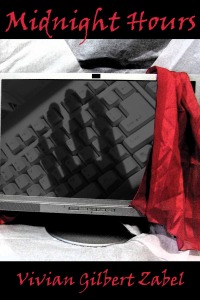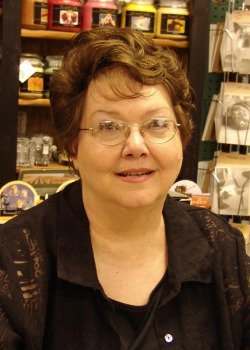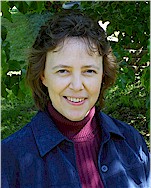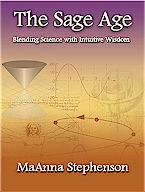Topic: Blog Tours
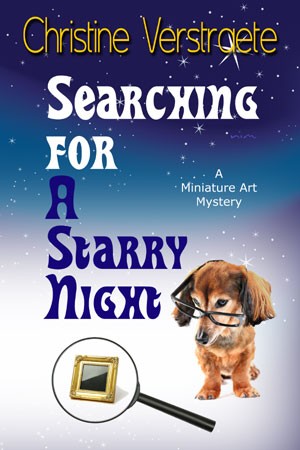
There was one thing good about the tedious sorting she'd done all afternoon--it had kept her busy. Right now, all she could think about was how dark and deserted it was outside. It would be a prime location for a Peeping Tom. Images of Mrs. Drake and Mr. Jensen flashed through her mind. No way. The thought of seeing either one of the older people lurking unseen in the bushes outside was pretty funny. The idea of Mrs. Drake decked out in a hunter's cap and jacket hiding deep in the weeds made her giggle.
A loud crack outside stopped Sam's giggles cold and made her flinch. Snap! A second later, there was another crack, almost like a twig breaking. An unwelcome thought came to her. Like someone walking outside. She took a deep breath. Her eyes widened. An animal. Had to be. But what was big enough to make twigs snap, crackle, and pop like breakfast cereal?
Sam tried to keep quiet as she tiptoed across the room to Lita, who sat partly huddled under the quilt. "Sam," she whispered. "What was that?"
Sam held her finger to her lips as she made her way to the wall. Carefully, she pulled herself up on the chair, placed her hands on the brick wall in front of her, and slowly stood upright. She carefully pushed a corner of the makeshift curtain aside. As her eyes adjusted to the darkness, she began to make out familiar shapes in the moonlight. Thick evergreen bushes, scraggly lilac bushes without the flowers, the stand of maple and oak trees, and the dip in the ground that went down to the creek. All looked normal. Nothing different.
Another crack made Sam jump. The curtain almost came down when she noticed the large, dark shape standing right between a group of trees off to the side. Heart pounding, she watched and waited. Several seconds went by. It remained quiet. She swallowed. Her mouth was dry. She could use a drink of water but that would mean leaving the window. Nothing stirred outside. It was probably just her imagination. She was making herself jumpy, that's all. Sam groaned as an even more unwelcome thought came to mind--maybe it was just Old Grandpa Sylvester coming to get ya!
Sam moaned. Great. Of all the things to think about! Why in the world did she have to think of him now? She grasped at something to block the direction her thoughts were headed. Lyrics to a song. The melody. Anything. A phrase from that annoying Barney song came to mind. After a few words, she gave up. Movie themes, her favorite movie scene... She motioned to Lita, who set Petey down on the floor and rose to her feet. She told him to stay. For once, the dog listened.
Sam watched the dog move his head side to side several times, then creep slowly toward the door. He's like a canine radar station, she thought. "I don't see anything and I didn't see mom come out of the house. You think it could've been a deer? Maybe I should open the door..." She shivered when she felt Lita's cool fingers wrap around her hand.
"Don't you dare open it," Lita whispered. "You've seen all those scary movies. You know what happens when the boy or girl goes outside by themselves..."
"Oh, c'mon Lita," Sam groaned, "how could you do that to me? I've been trying not to think of Grandpa Sylvester again and you--"
Her words were cut off by the sound of a thump outside. Petey flew forward in a spasm of barks. His legs left the ground with each violent growl. Sam wasted no time and jumped off the chair almost into her friend's arms. The two hugged each other and watched, wide-eyed, as the doorknob slowly started to turn.
The panic threatened to choke Sam. "Lita," she whispered, "please tell me I locked the door."


